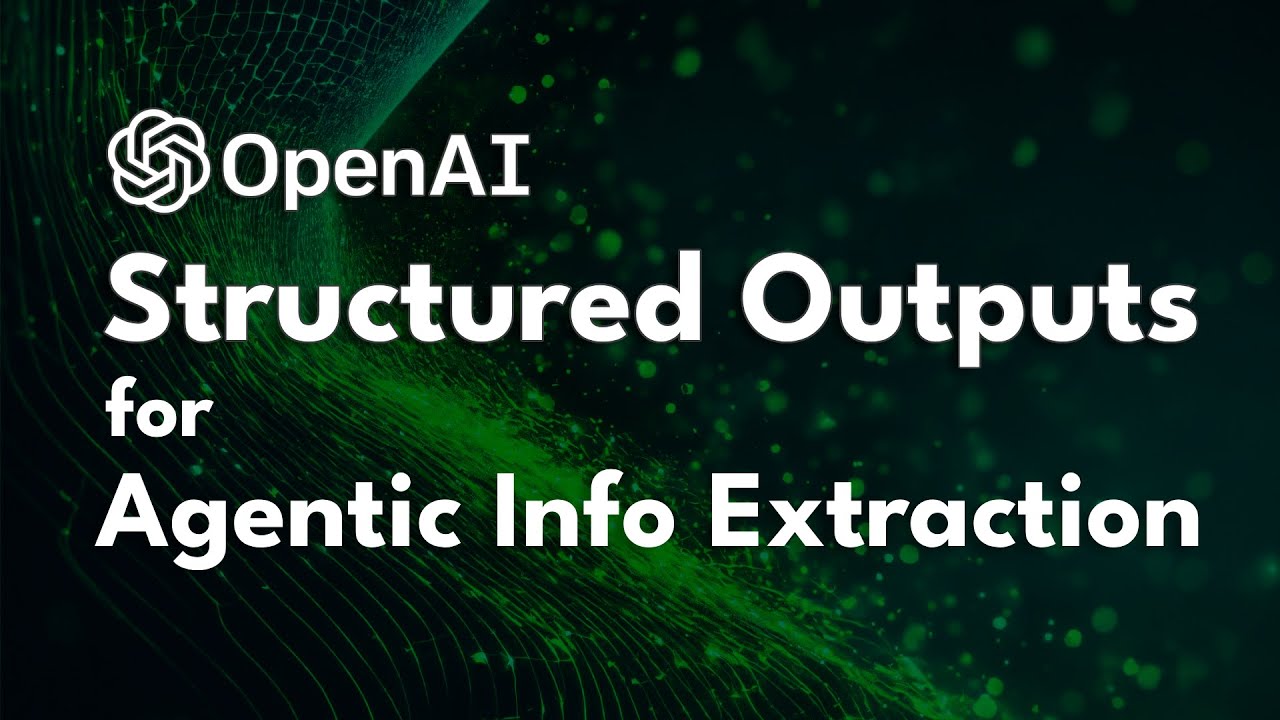The video discusses OpenAI’s new structured outputs feature, which ensures consistent JSON responses from their API, enhancing the extraction of structured data from text. The presenter demonstrates how to build an agent using Pydantic to efficiently parse articles for specific information, while acknowledging the potential inaccuracies in the content despite the structured format.
In a recent video, the presenter discusses OpenAI’s new feature called structured outputs, which guarantees a JSON response from their API. This update builds on previous capabilities like function calling and aims to streamline the process of extracting structured data from text. Historically, users had to rely on external tools like LangChain and instructor to ensure they received JSON outputs, but with this new feature, OpenAI’s models are now designed to consistently return data in the specified JSON format.
The video highlights the evolution of OpenAI’s models, noting that earlier versions of GPT-4 struggled to provide JSON responses reliably. The presenter mentions that while tools like Jsonformer have been used to improve JSON output, OpenAI’s latest update ensures that users will receive a valid JSON response that adheres to the defined schema. However, it’s important to note that while the structure will be consistent, the accuracy of the content may still vary.
The presenter demonstrates how to build an agent that extracts specific data from articles, such as names, product names, and organizations, using Pydantic for Python. By defining a structured data model, the agent can efficiently parse articles and return relevant information. The example provided illustrates how to set up the data models for products, people, and organizations, emphasizing the importance of constraining outputs to ensure consistency and reliability in the data extracted.
Throughout the demonstration, the presenter runs several articles through the model, showcasing its ability to identify and categorize entities accurately. While the model performs well in most cases, it is acknowledged that it is not infallible, and users should be aware that the JSON response may not always contain perfectly accurate details. The video emphasizes the potential applications of this technology, including building knowledge graphs and conducting sentiment analysis on extracted data.
Finally, the presenter notes that OpenAI has reduced the costs associated with using their models, making them more accessible for developers. However, there are some limitations regarding data retention for JSON schemas, which users should consider when implementing this feature. The video concludes with an invitation for viewers to engage with comments and questions, encouraging further exploration of the structured outputs and their applications in building more effective agents.
